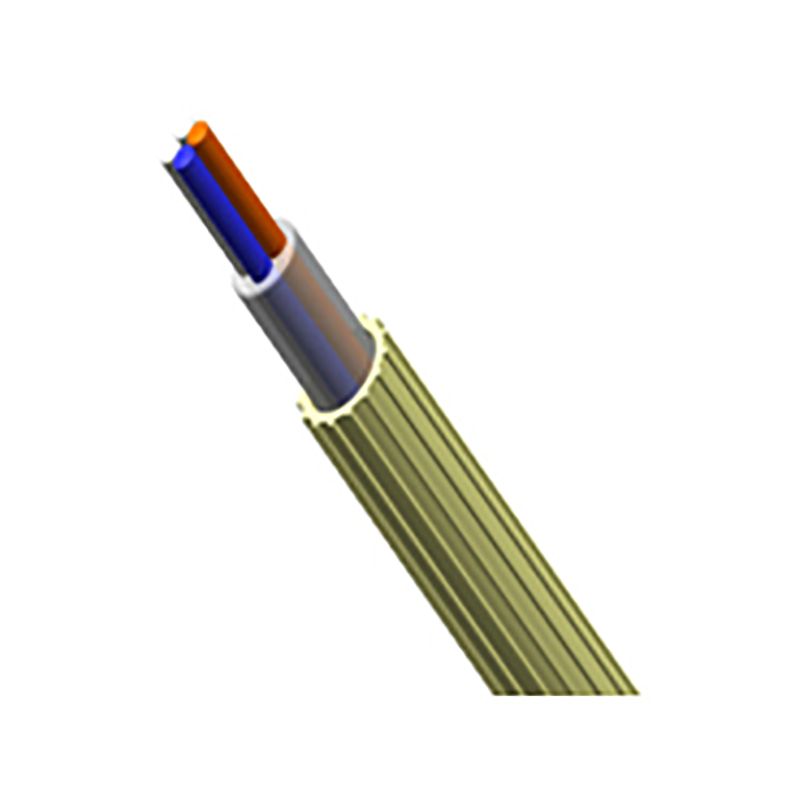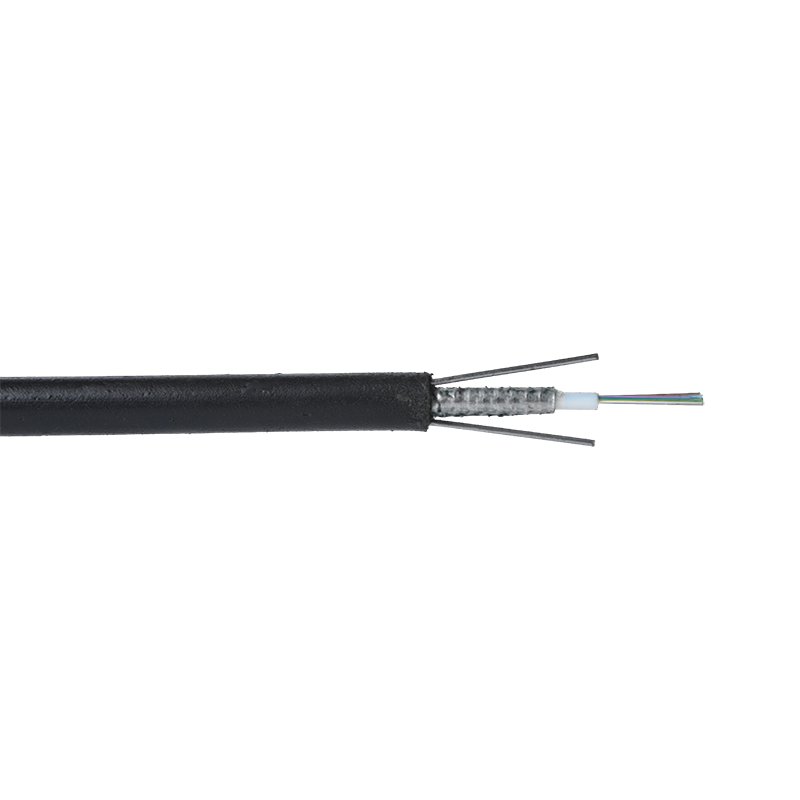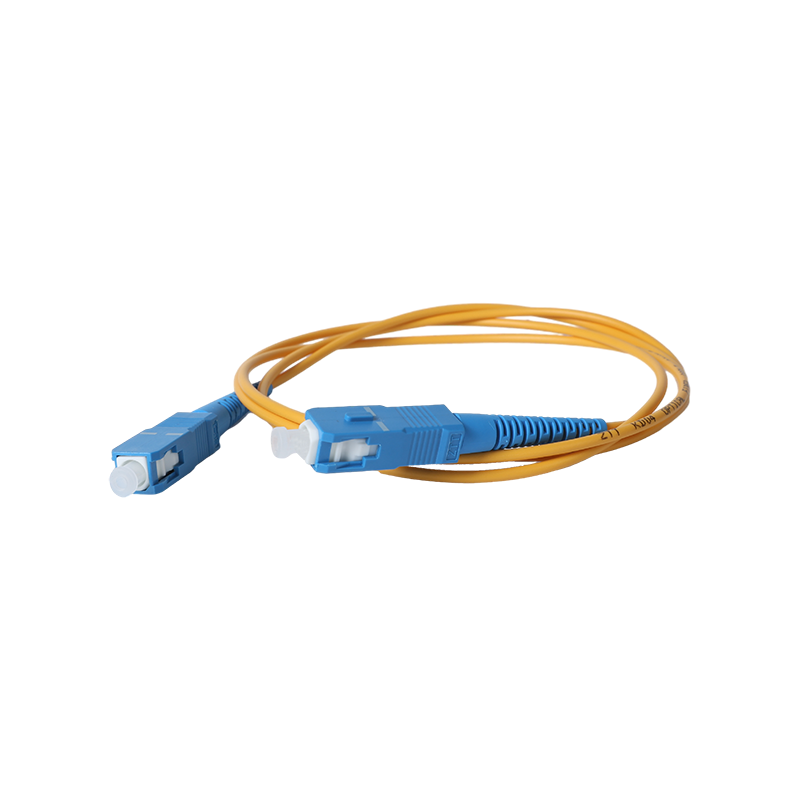How do environmental factors affect the performance of air blown micro cables?
In the rapidly evolving world of telecommunications, air blown micro cables have emerged as a game-changer, offering flexibility and efficiency for network installations. However, their performance is not solely dictated by design and engineering; environmental factors play a crucial role. From temperature fluctuations to humidity levels, understanding how these elements affect micro cable performance is essential for network reliability and longevity.
Temperature: The Silent Killer
Temperature variations can significantly impact the performance of air blown micro cables. Most cables are designed to function optimally within a specific temperature range, typically between -20°C to +60°C. Extreme cold can lead to brittleness in the cable material, increasing the risk of breakage during installation or operation. Conversely, excessive heat can cause thermal expansion, potentially damaging the cable's internal components and reducing signal integrity.
According to a study by the International Telecommunication Union (ITU), cables exposed to temperatures exceeding 70°C can experience a 20% drop in performance. Therefore, it’s critical for network engineers to consider the thermal environment when planning installations, especially in regions known for extreme weather conditions.
Humidity: Friend or Foe?
Humidity is another significant environmental factor that can affect micro cable performance. High humidity levels can lead to moisture ingress, which is particularly detrimental for optical fibers. Water can cause signal attenuation and even lead to complete cable failure if not properly managed.
A report from the Fiber Optic Association indicates that cables installed in humid environments should have high moisture resistance ratings. Additionally, the use of protective conduits and proper sealing techniques can mitigate the risks associated with high humidity. Conversely, in very dry conditions, static electricity can increase, posing risks during installation and operation.

UV Exposure and Mechanical Stress
Micro cables installed outdoors are subject to ultraviolet (UV) radiation from sunlight. Prolonged exposure can degrade the outer jacket of the cable, leading to insulation failure and reduced lifespan. According to a report by the International Organization for Standardization (ISO), cables that lack UV protection can lose up to 50% of their effectiveness after just a few years in direct sunlight.
Additionally, mechanical stress from environmental factors like wind, snow, and ice can impact the integrity of the cables. Engineers must account for these stresses when planning installations, potentially opting for reinforced cables in high-risk areas.
Image Description: Sunlight shining on a network cable installed outdoors.
Conclusion
Understanding the environmental factors that affect the performance of air blown micro cables is essential for ensuring reliable telecommunications infrastructure. Temperature, humidity, UV exposure, and mechanical stress can all significantly impact performance, leading to potential failures if not properly managed. By taking these factors into account during the planning and installation phases, network engineers can enhance the longevity and efficiency of their systems. After all, a well-informed installation is the first step towards a resilient network.



 English
English русский
русский Español
Español عربى
عربى 中文简体
中文简体




















